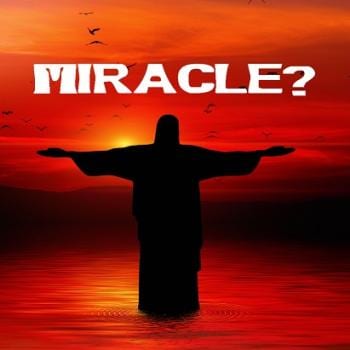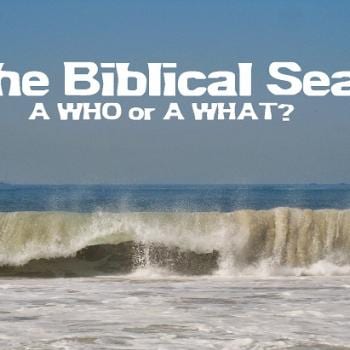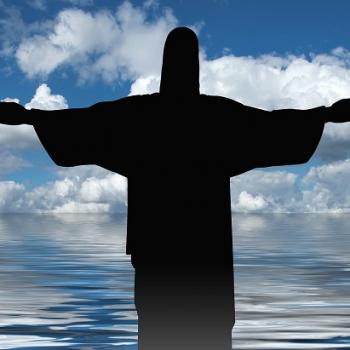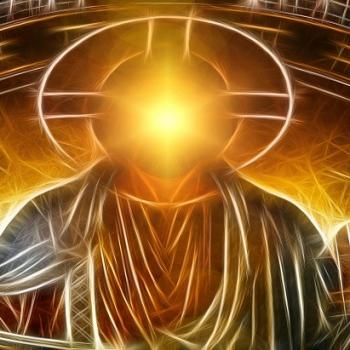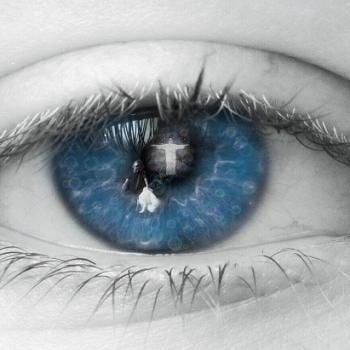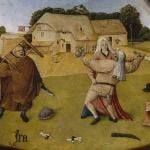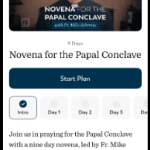Miracle, meaning an overriding of physical laws governing the universe, is a nice post-Enlightenment word alien to the Bible. Miracle. Jesus did many of them, right? The Synoptic Gospels, first century documents, speak of wonders and marvels, called “mighty deeds.” “John” calls these “signs” and “works.” The word miracle is not used anywhere in Scripture. Yet many Christians readily proclaim that Jesus performed miracles and that “it is right there in the Bible.” Spurious familiarity seems to be the most... Read more

